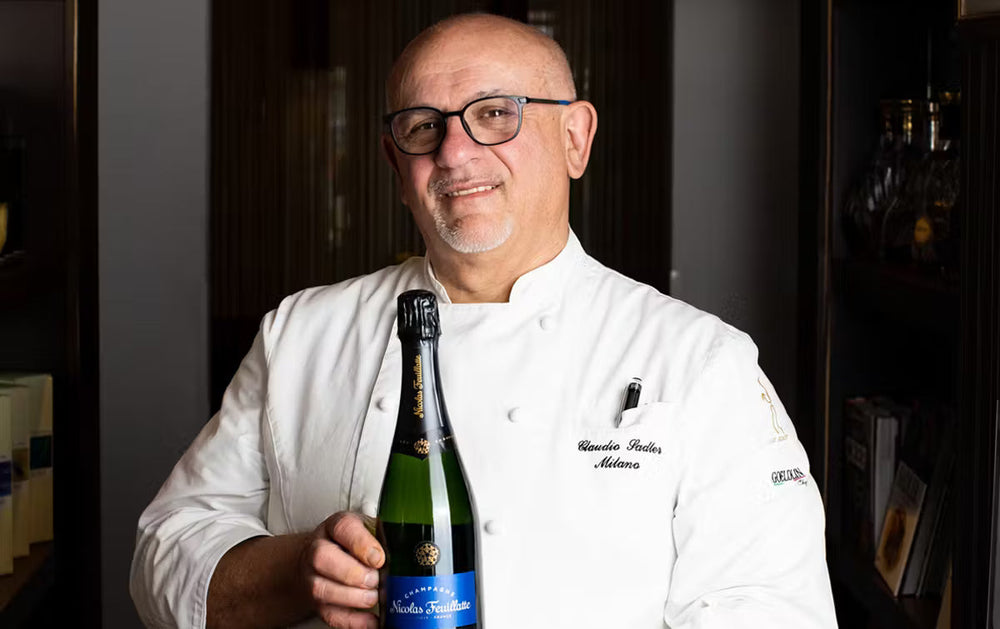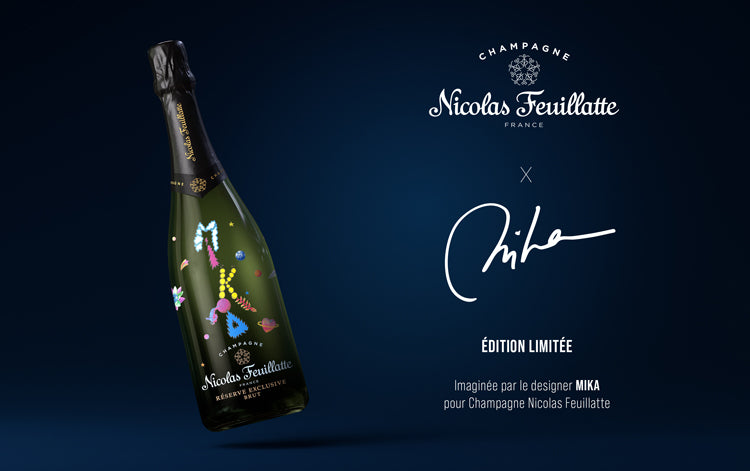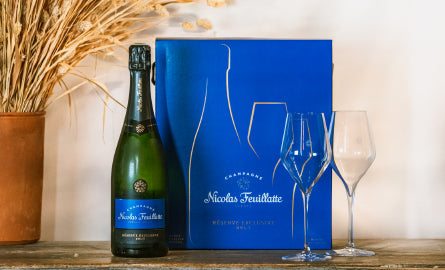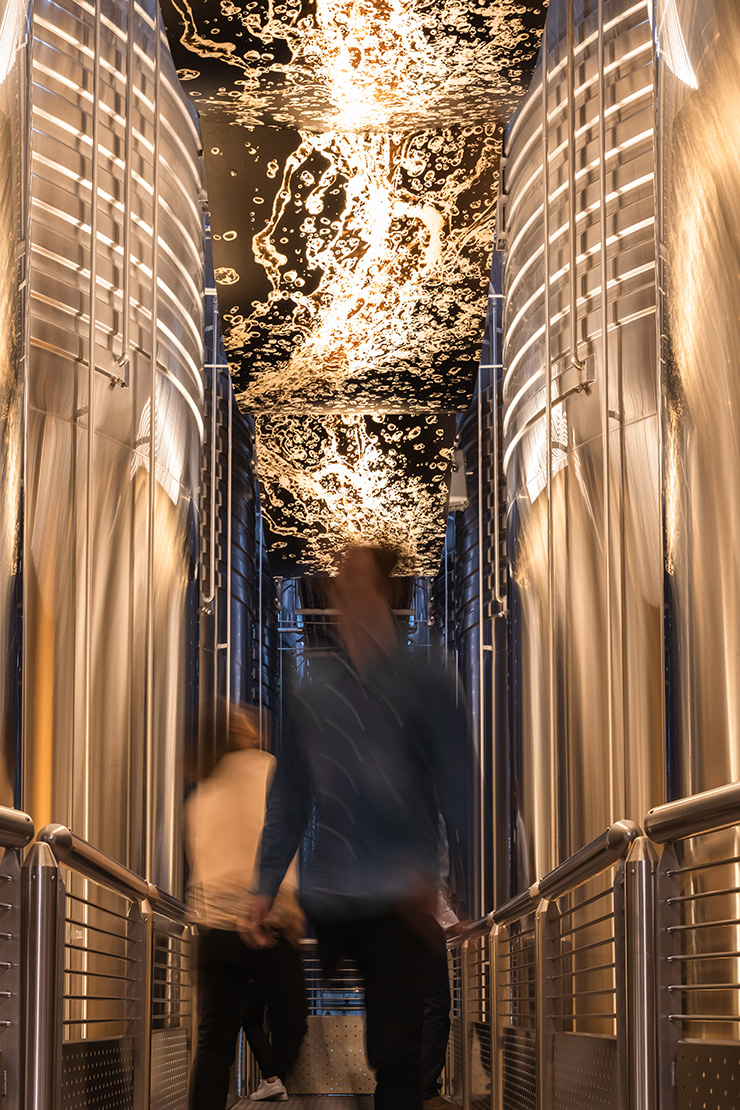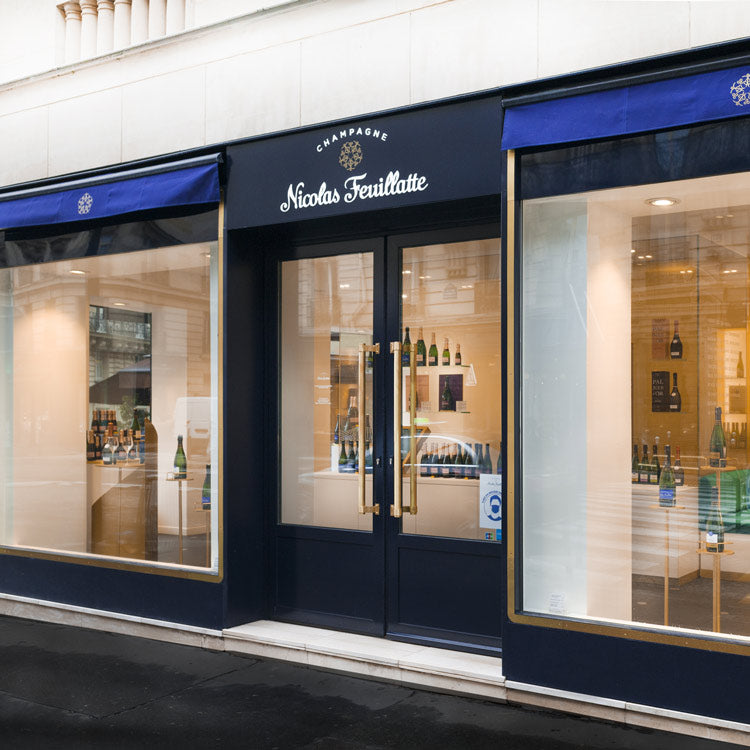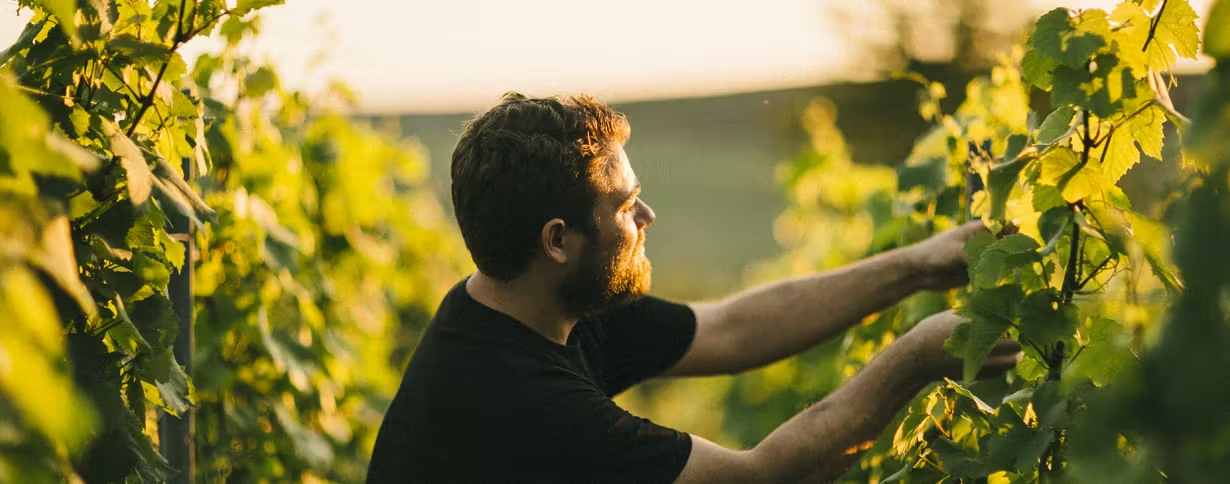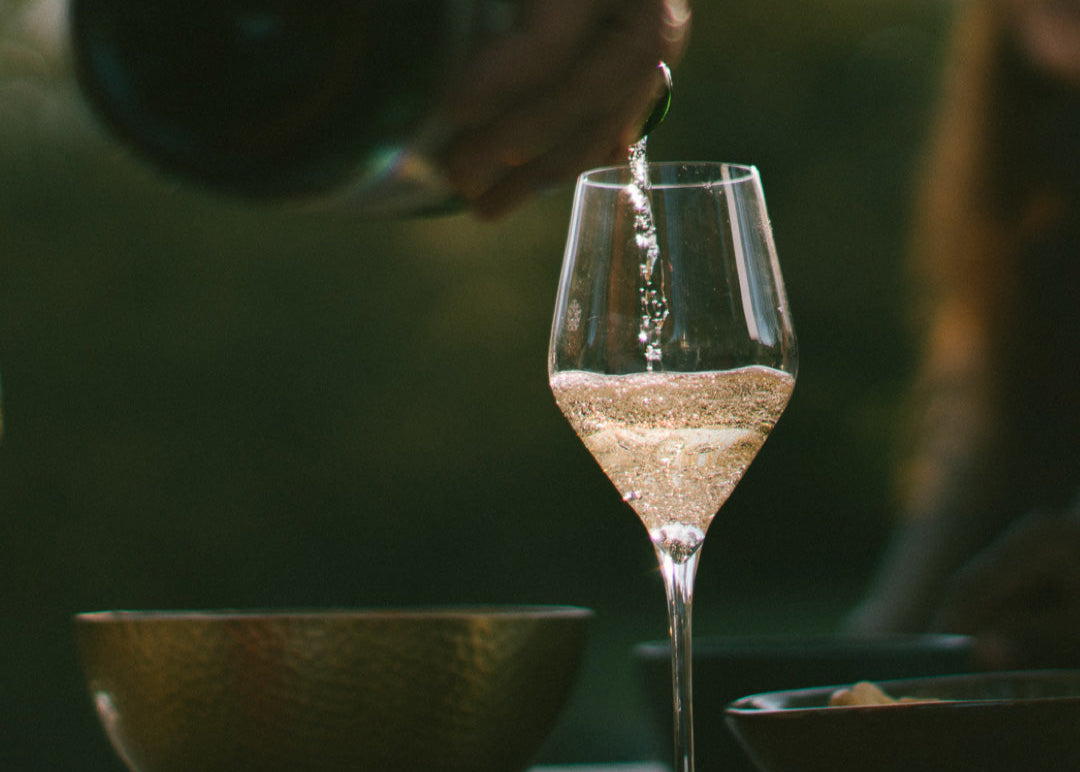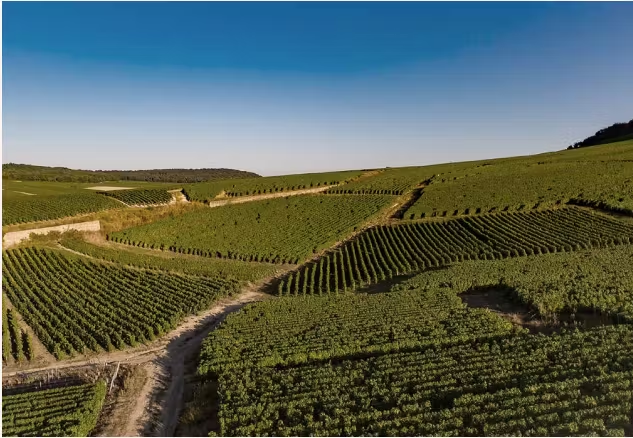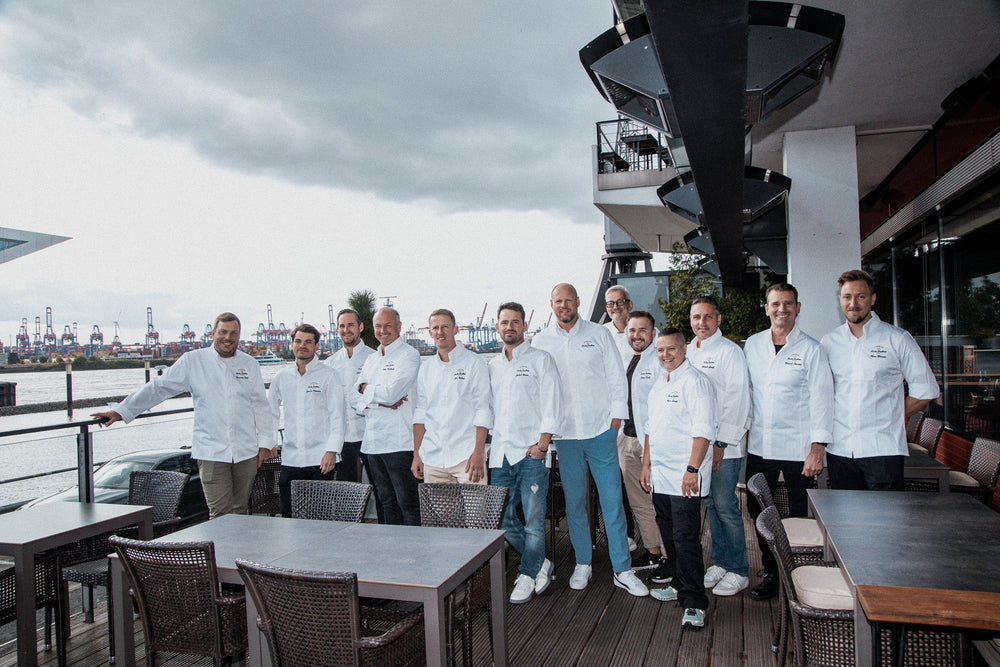
Blog
Journal
Bienvenue sur le Blog de Champagne Nicolas Feuillatte ! 🍾✨
Entre secrets de dégustation, accords mets et vins et coulisses effervescentes, on vous raconte tout !
Retrouvez toute l'actualité de la maison, partez à la rencontre des Chefs Ambassadeurs tout autour du monde, et découvrez tous nos conseils autour du Champagne.

Unleash the Chefs - Edition #4 - Hambourg
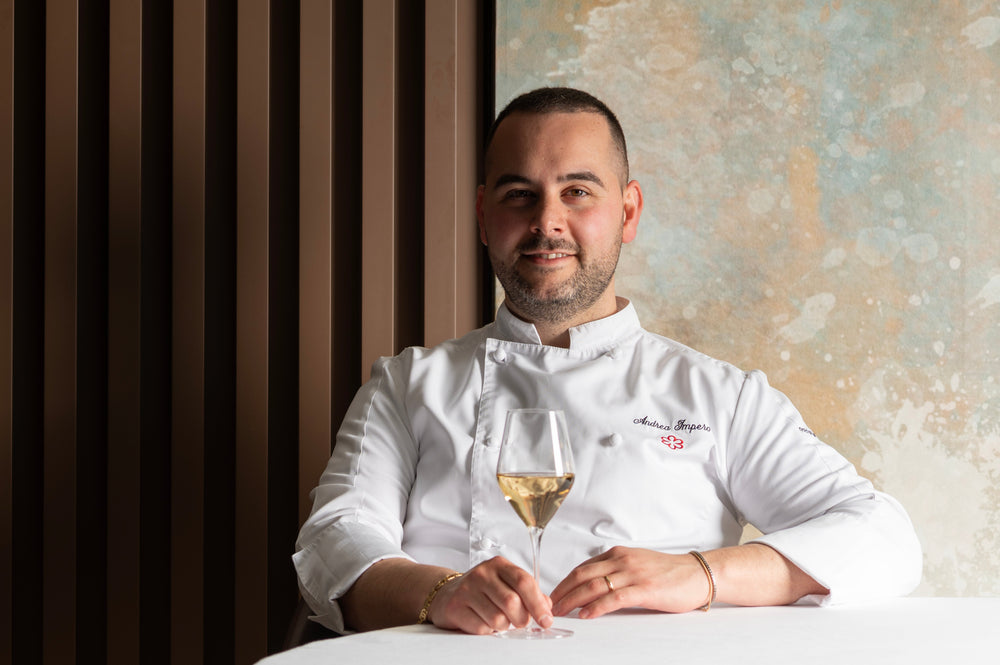
Andrea Impero, ambassadeur Nicolas Feuillatte
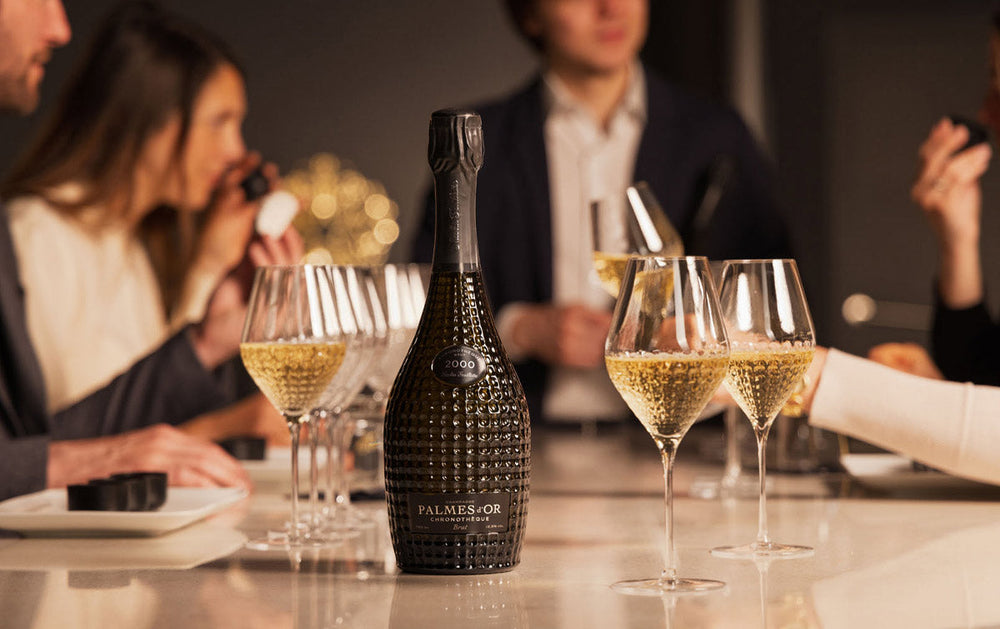
Nouveauté : l'Expérience Chronothèque
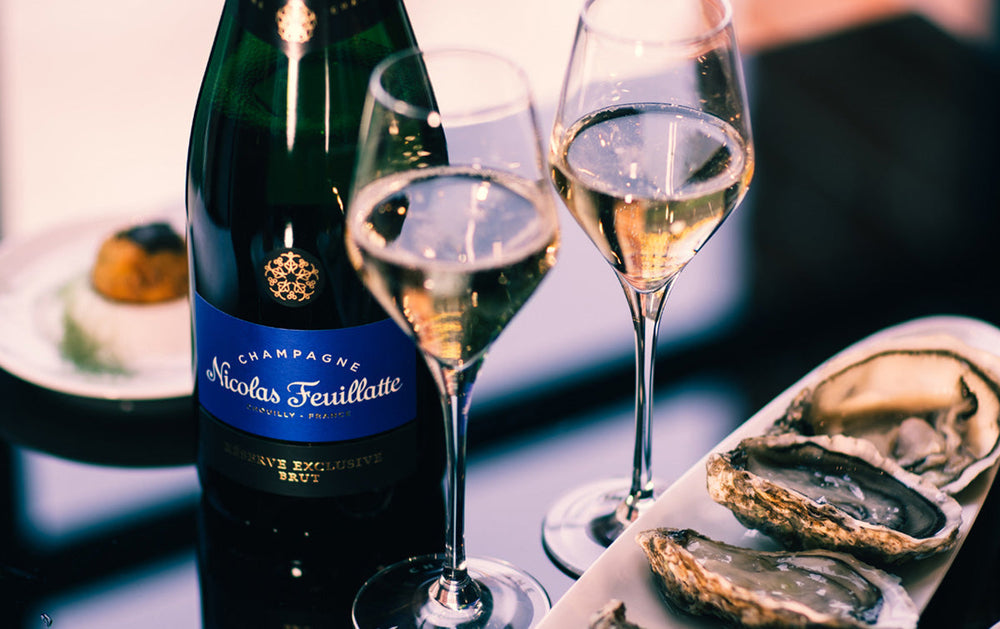
Que manger avec du champagne brut ?
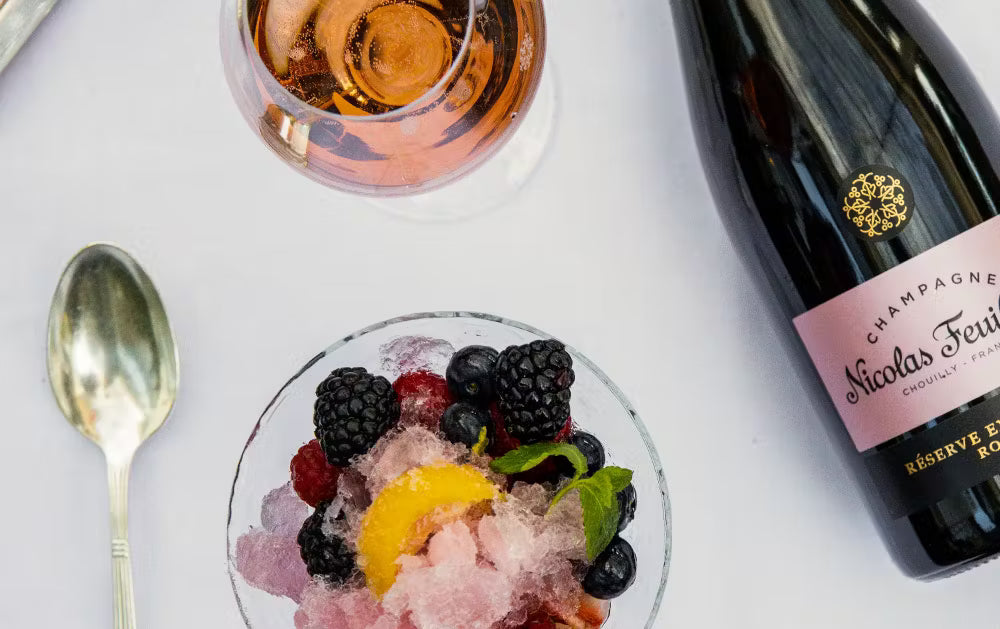
Que manger avec du Champagne Rosé ?
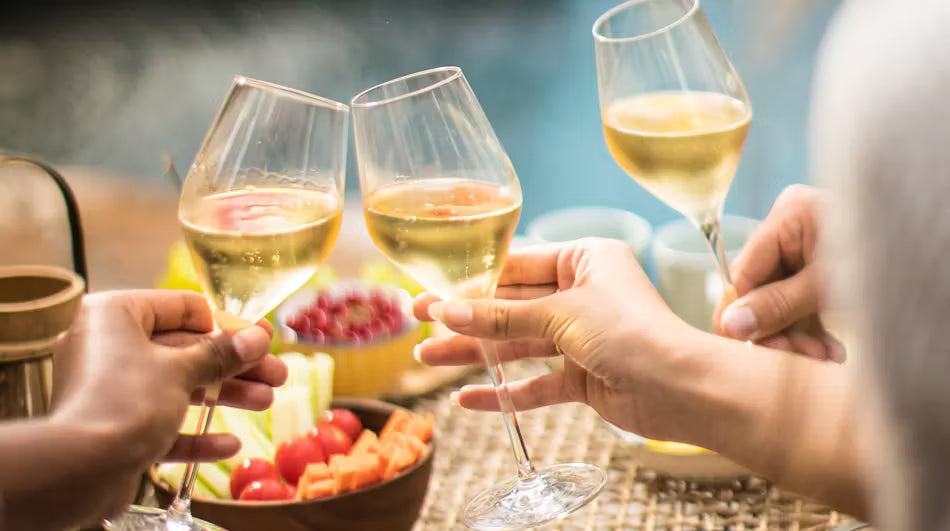
Dans quel verre boire le champagne?
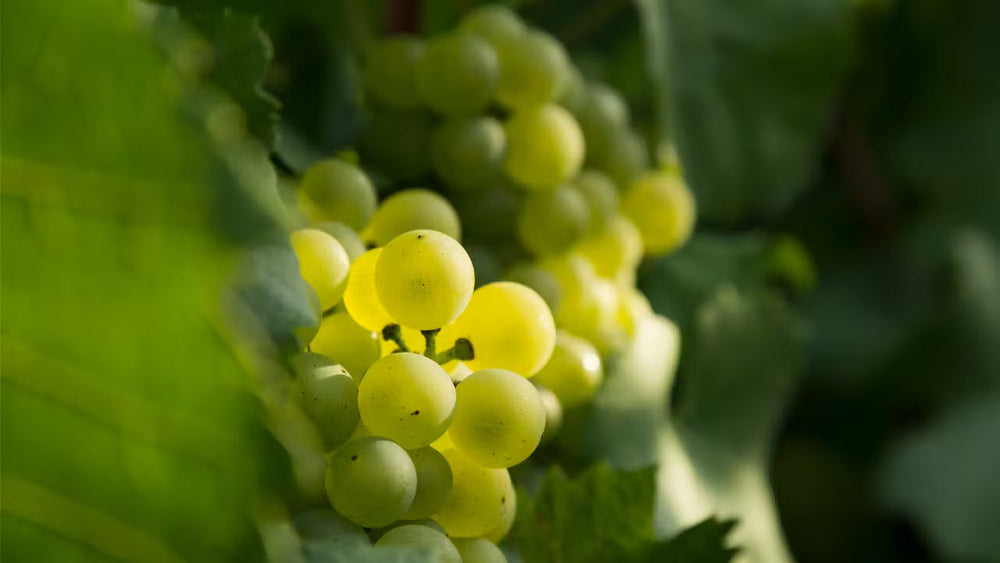
Qu'est ce que le Champagne Blanc de Blancs?
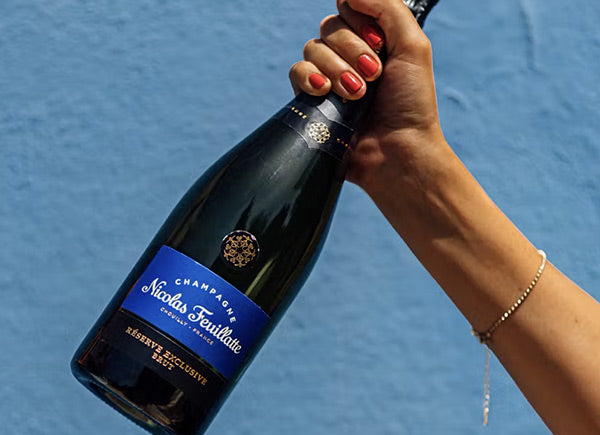
Champagne Day !
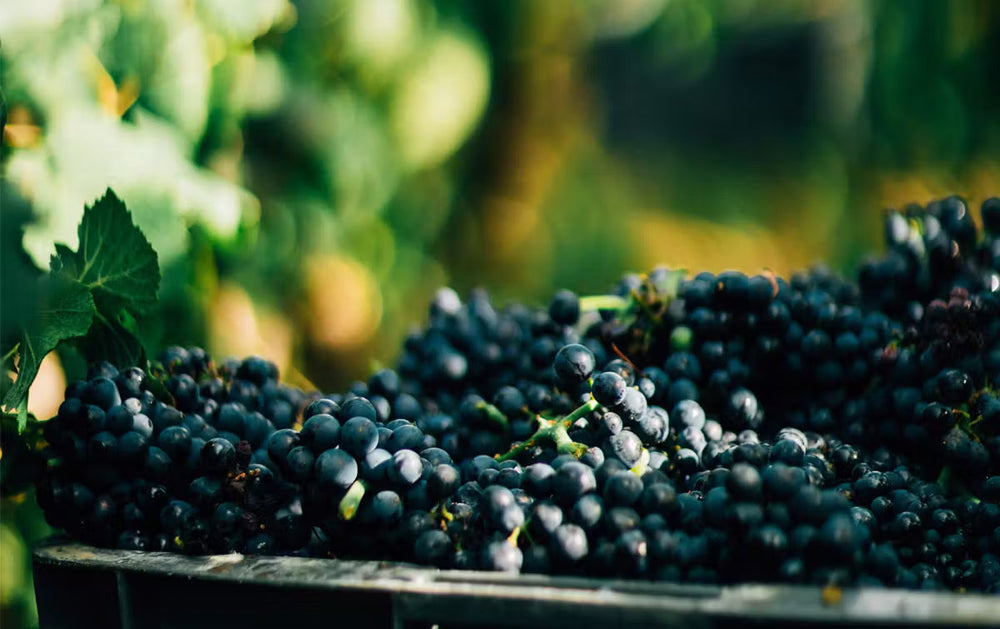
Qu'est-ce que le champagne Blanc de Noirs ?
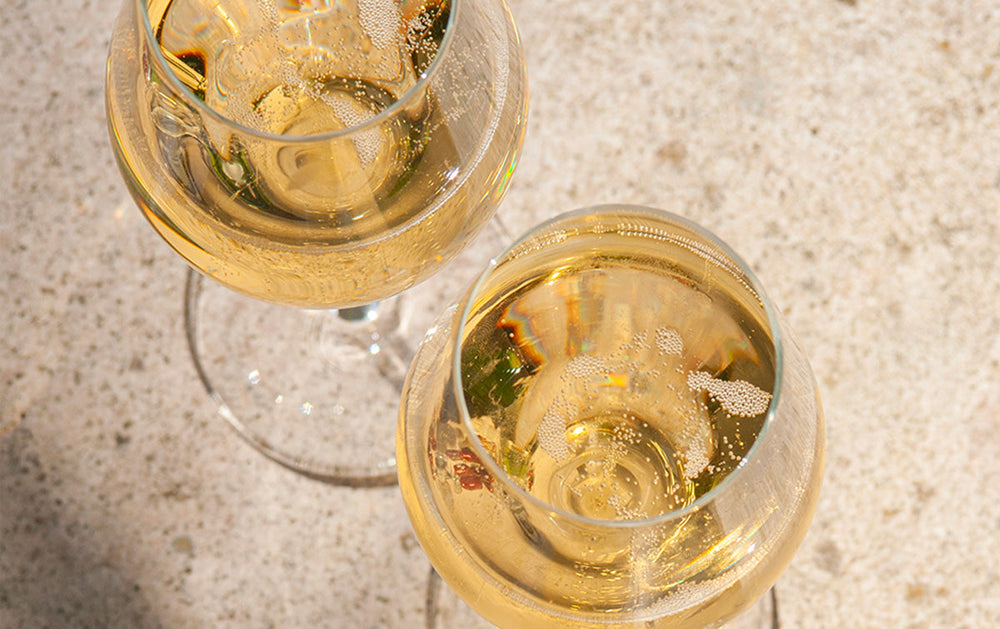
Pourquoi le champagne fait-il des bulles ?
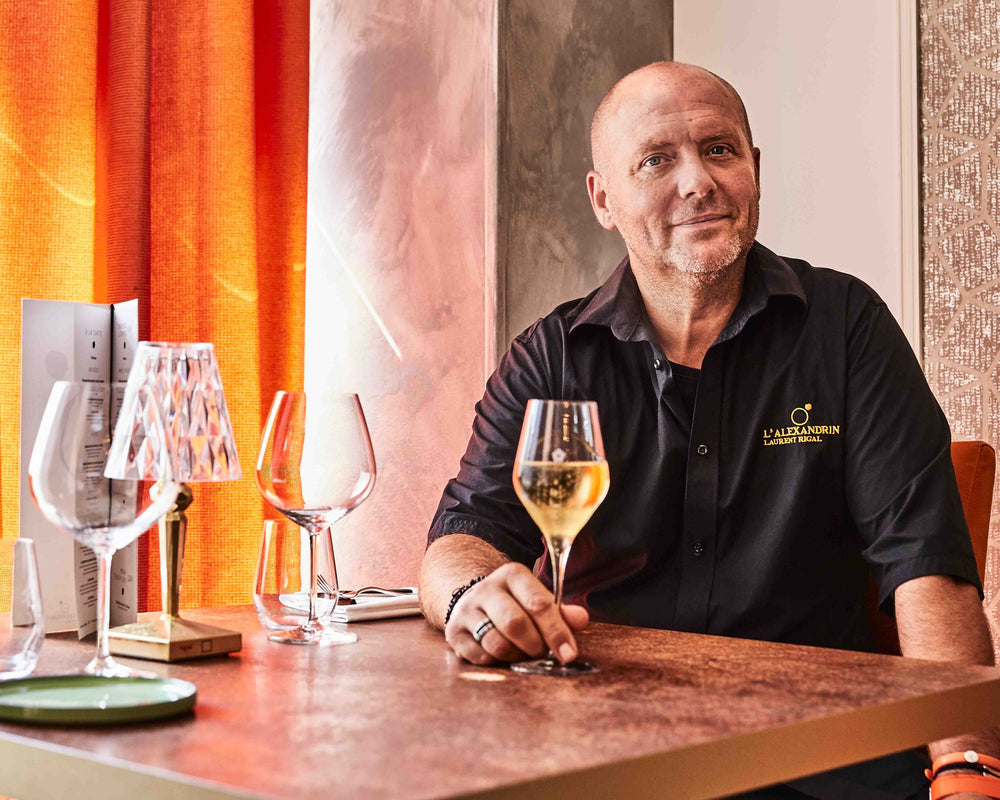
Laurent Rigal : ambassadeur Nicolas Feuillatte
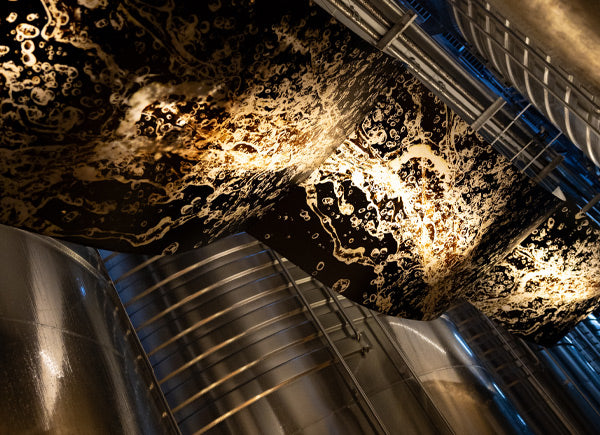
Visiter les caves Nicolas Feuillatte en Champagne
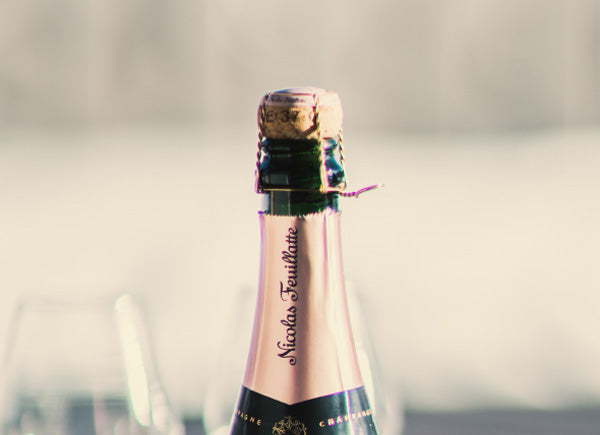
Le bouchon de champagne
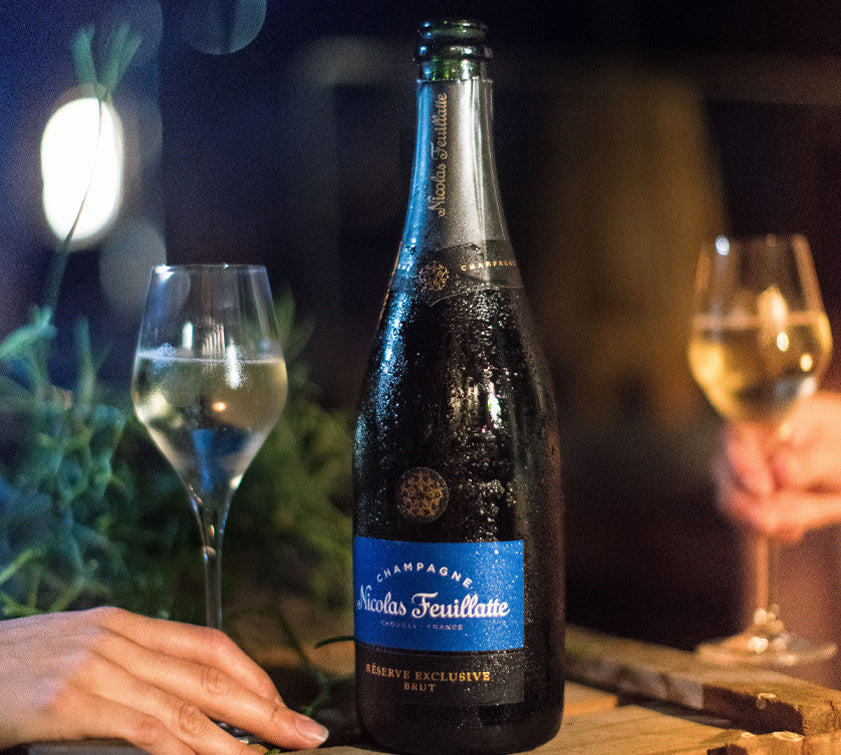
Champagne : Comment choisir (guide complet)
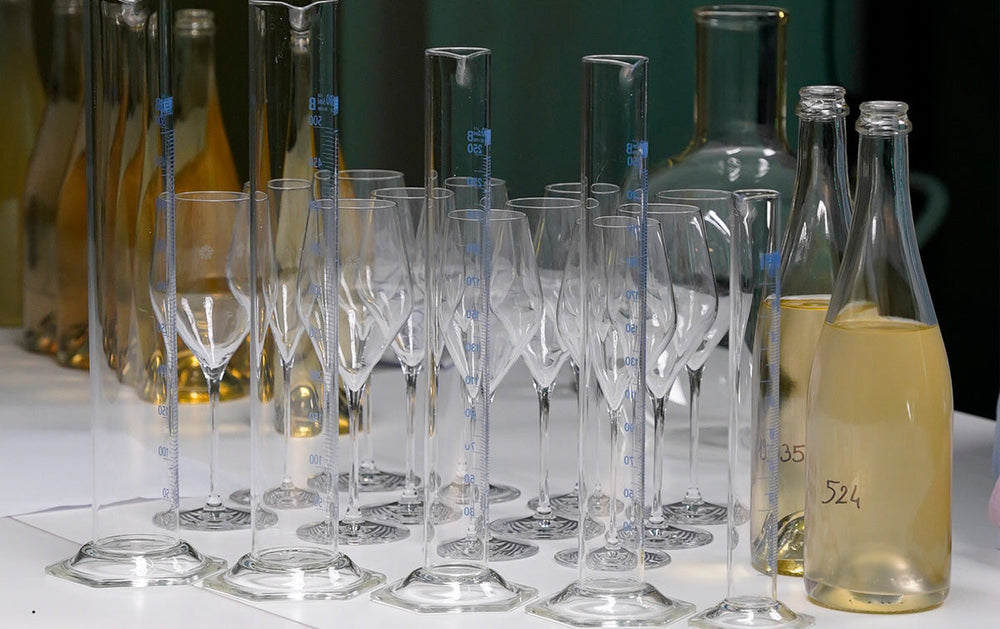
L'art de l'assemblage en Champagne
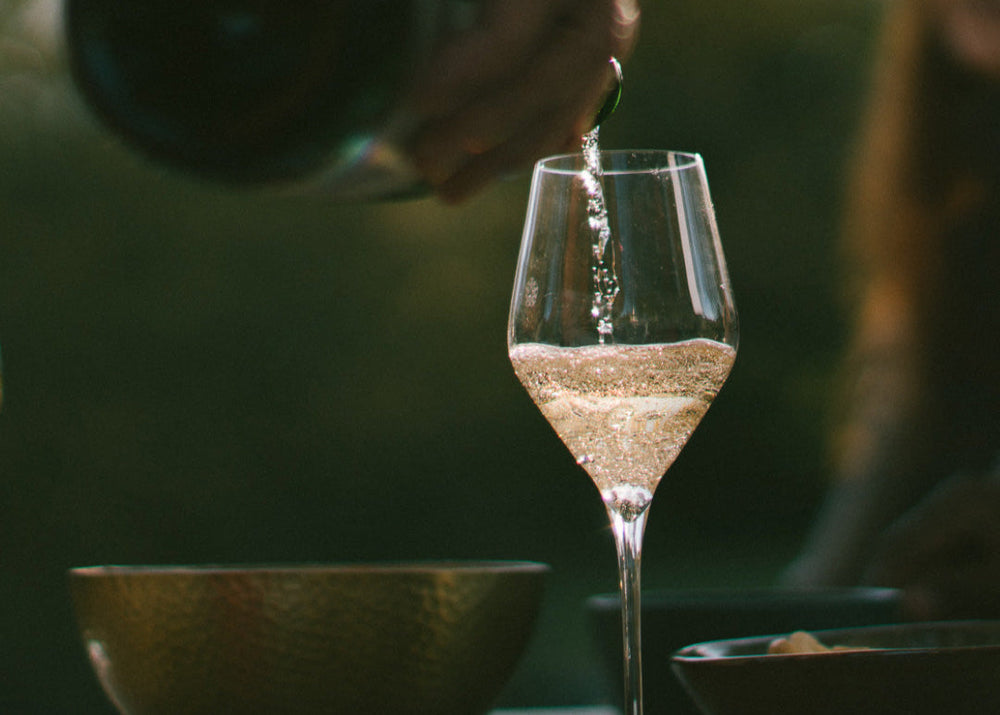
"Sabler" ou "Sabrer" le champagne ?
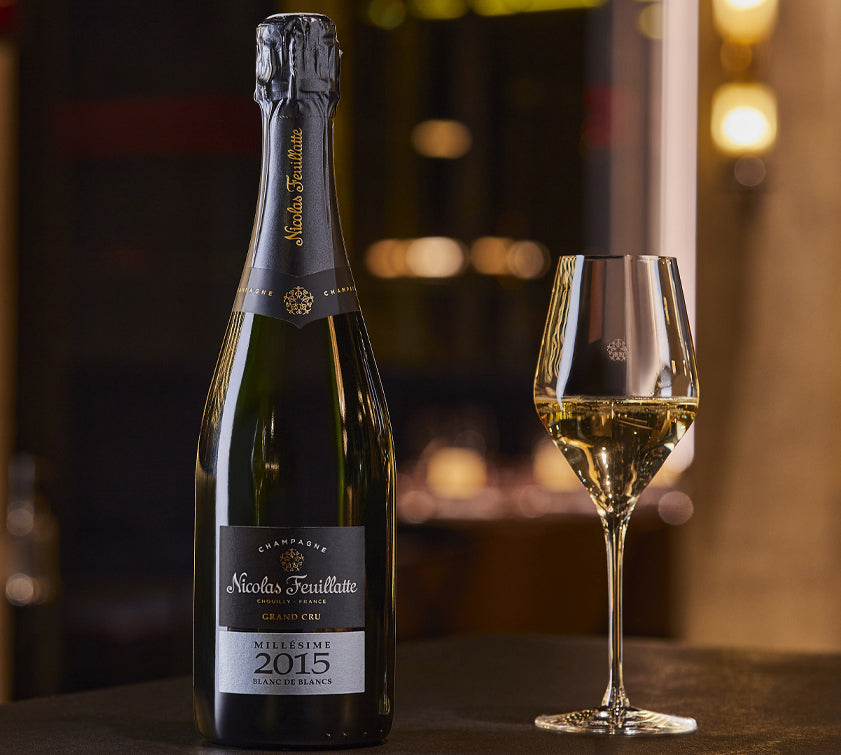
Qu'est-ce qu'un champagne millésimé ?
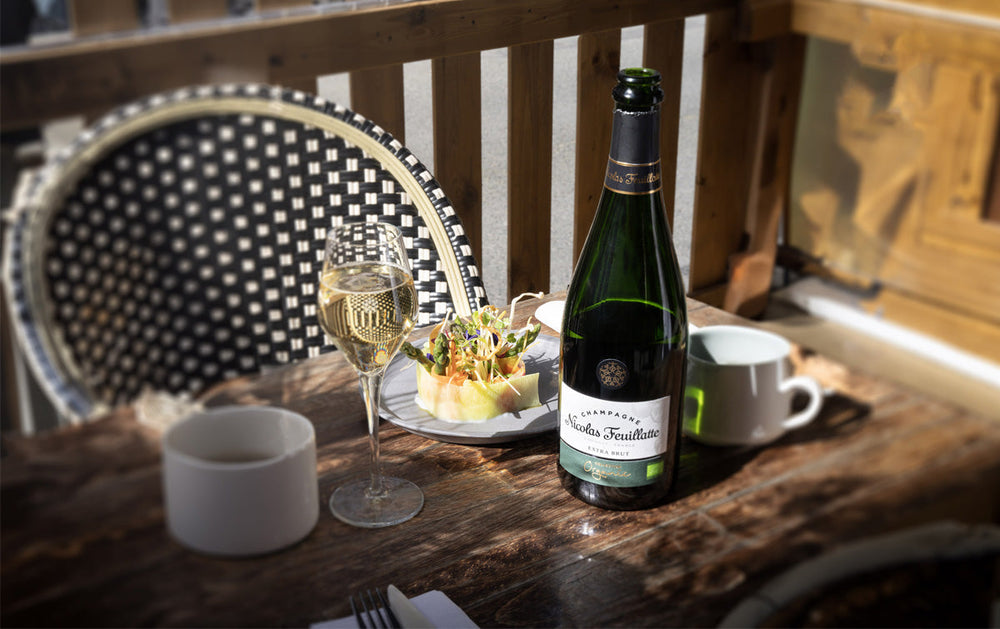
François Gagnaire, Chef Ambassadeur Nicolas Feuillatte
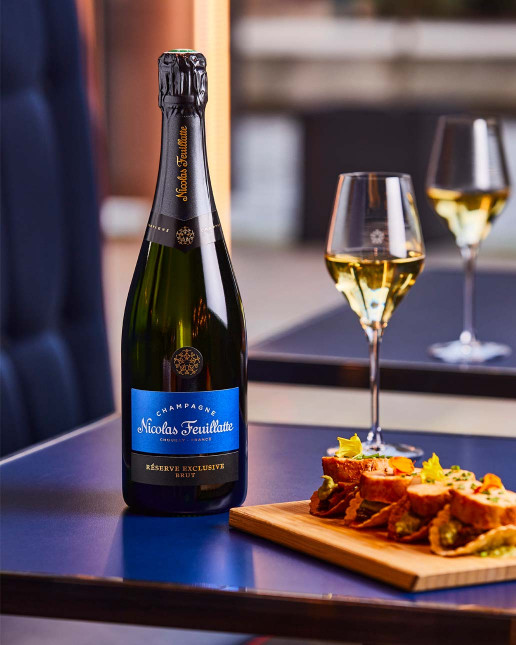
Que manger avec du champagne brut ?

Hermann Poll, notre Chef ambassadeur autrichien

Thomas Morel, Chef Ambassadeur Nicolas Feuillatte
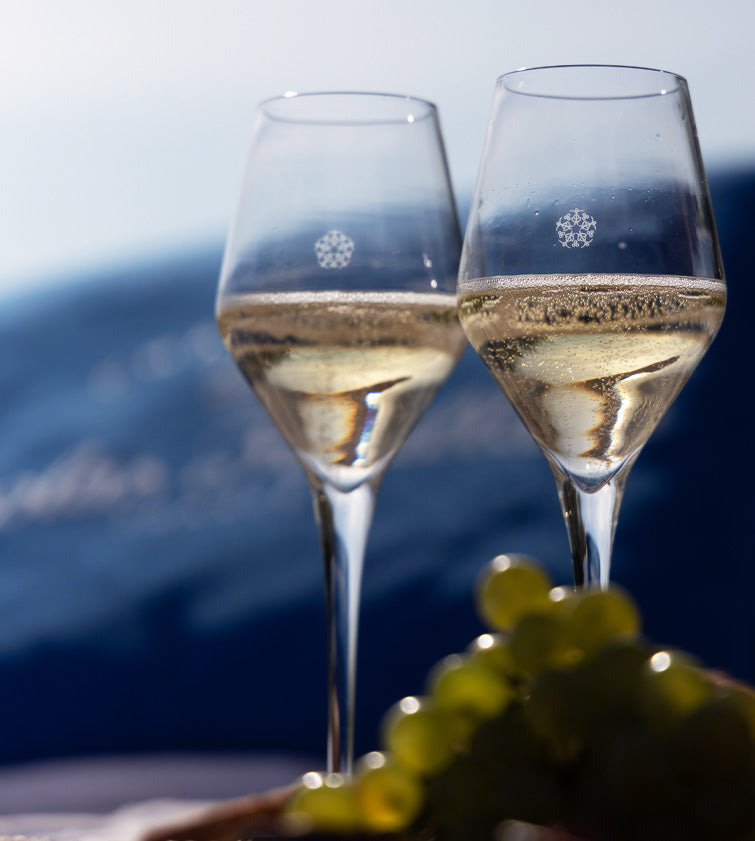
Quelle est la différence entre le Crémant et le Champagne ?
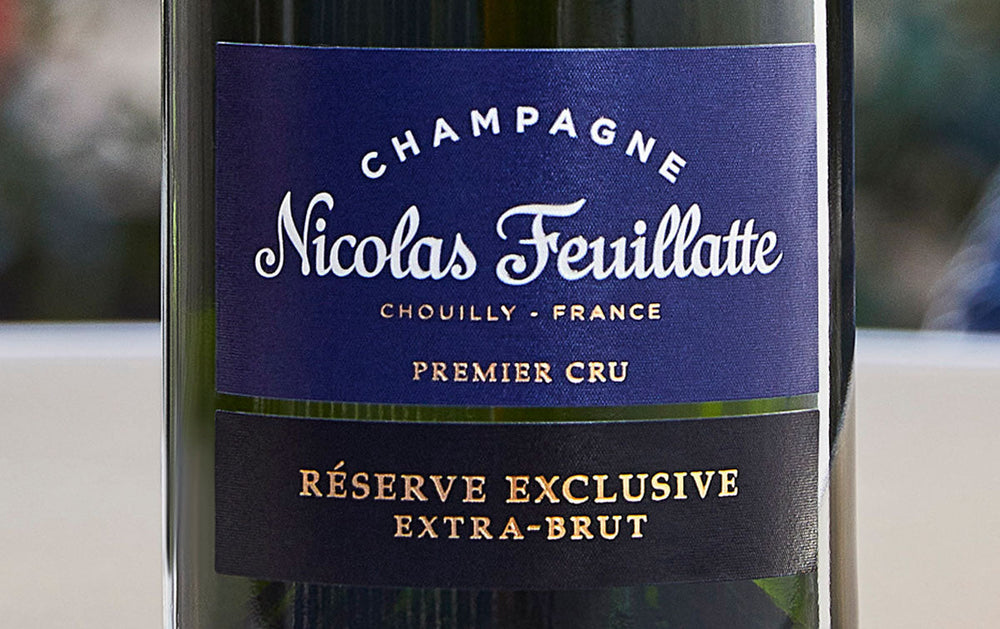
Qu'est-ce que le champagne extra-brut ?
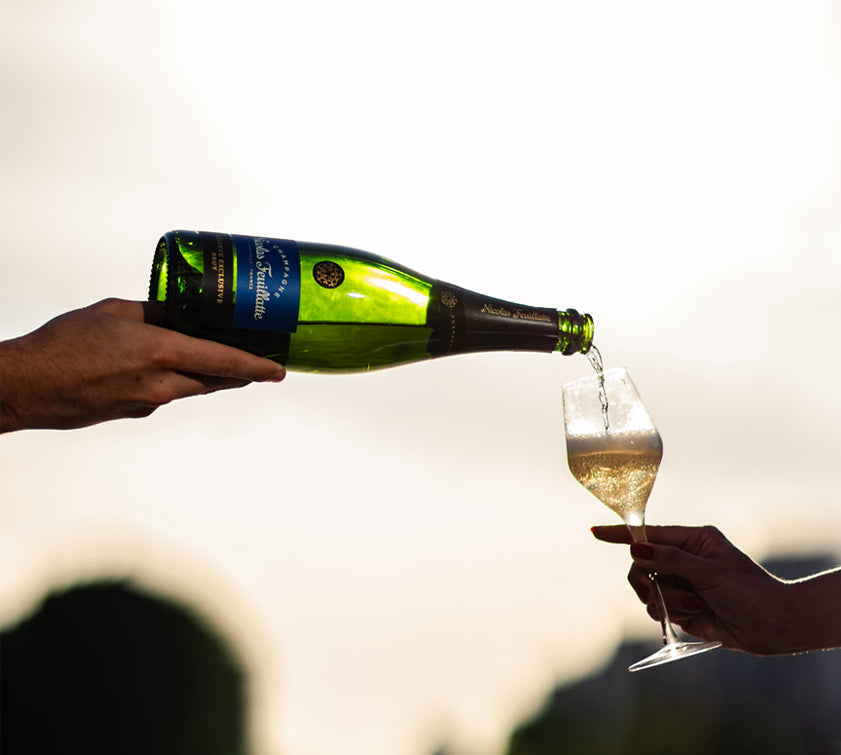
A quelle température et comment servir le champagne ?

Combien de verres dans une bouteille de champagne ?
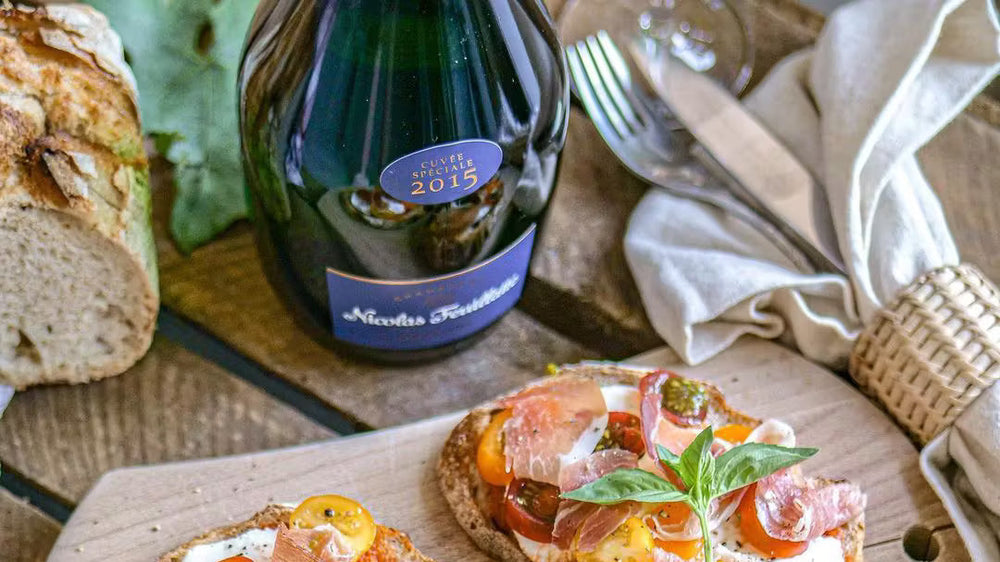
Apéritif au Champagne
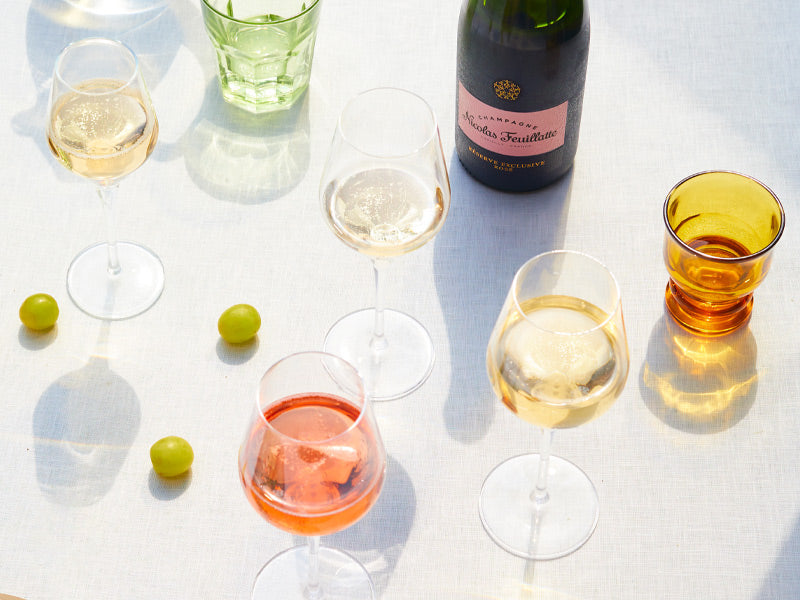
Que faire avec du champagne ouvert ?
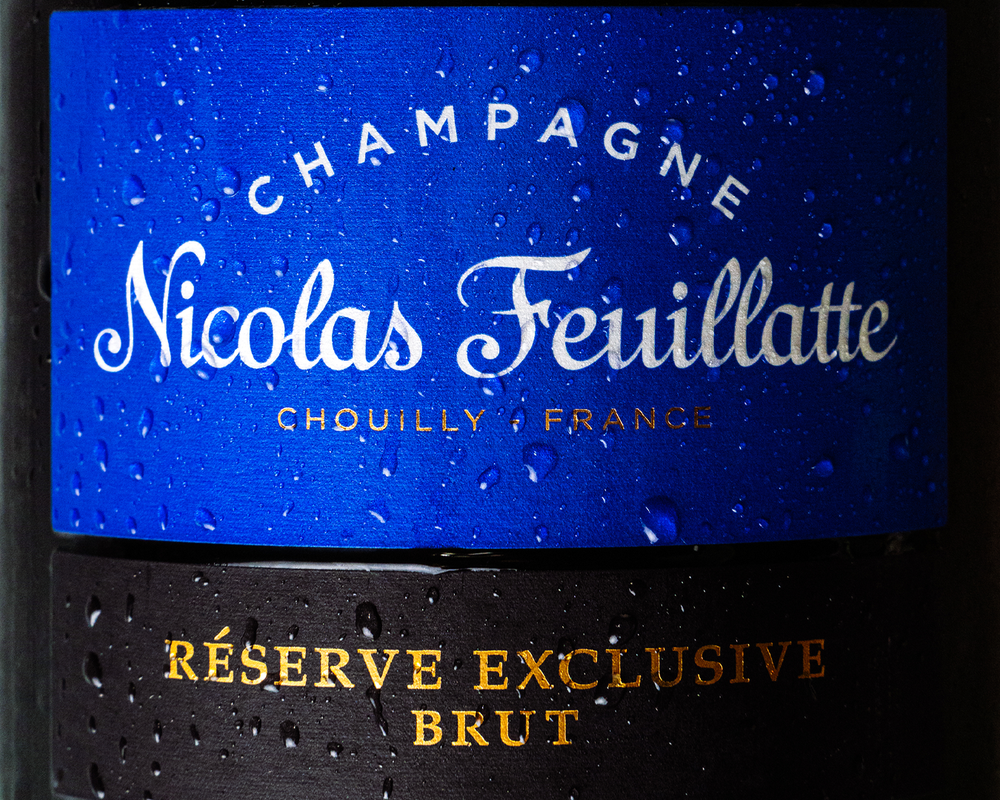
Comment lire une étiquette de champagne ?
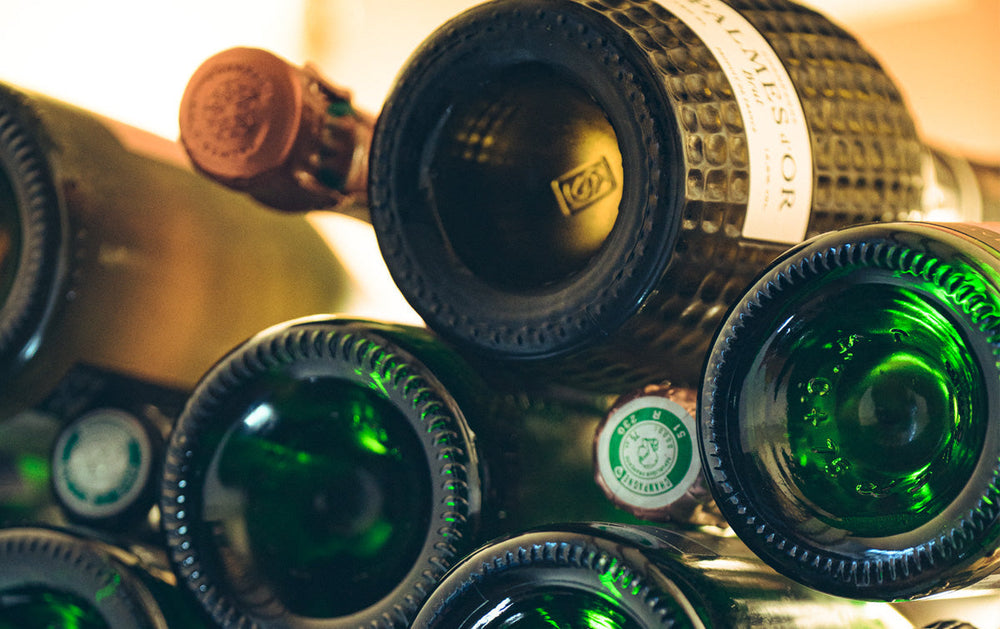
La conservation du champagne : quelle température et autres astuces

Top 5 des idées reçues sur le Champagne
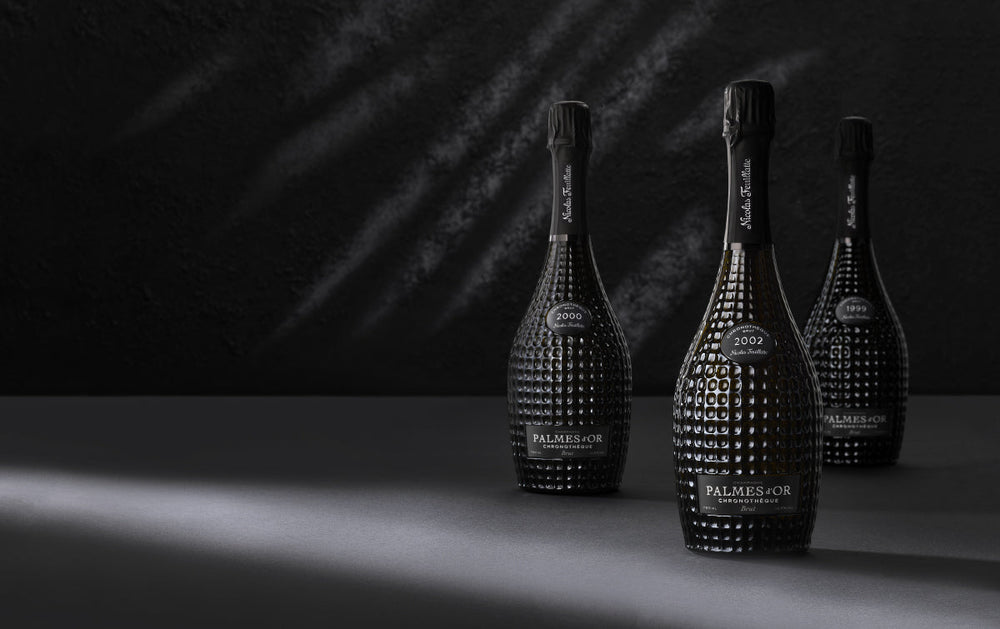
La Chronothèque Palmes d'Or
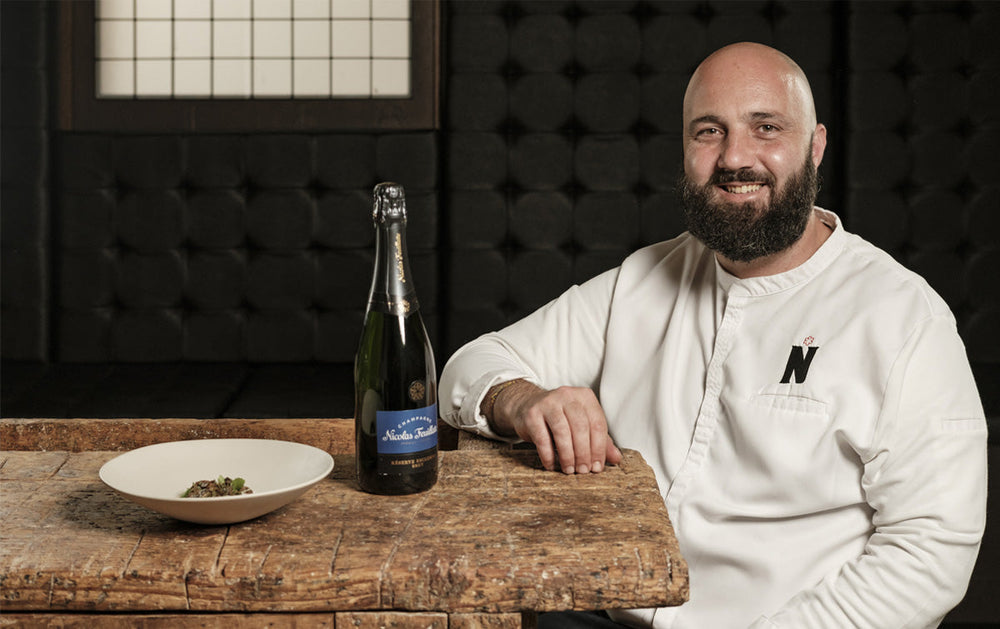
Jonathan Brincat, notre Chef ambassadeur à Malte
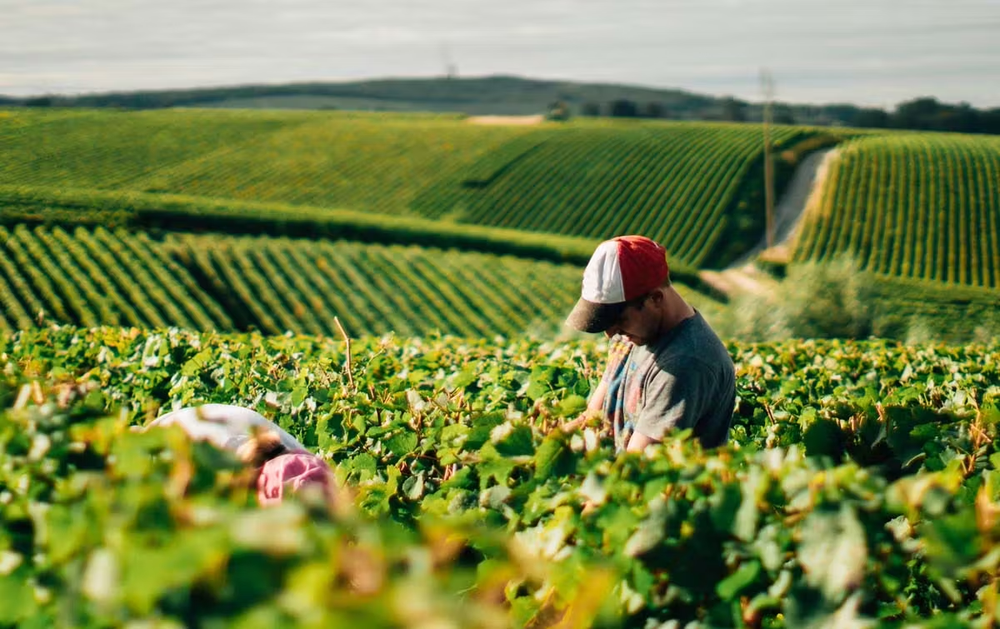
L'Appellation d'Origine Contrôlée (AOC) Champagne
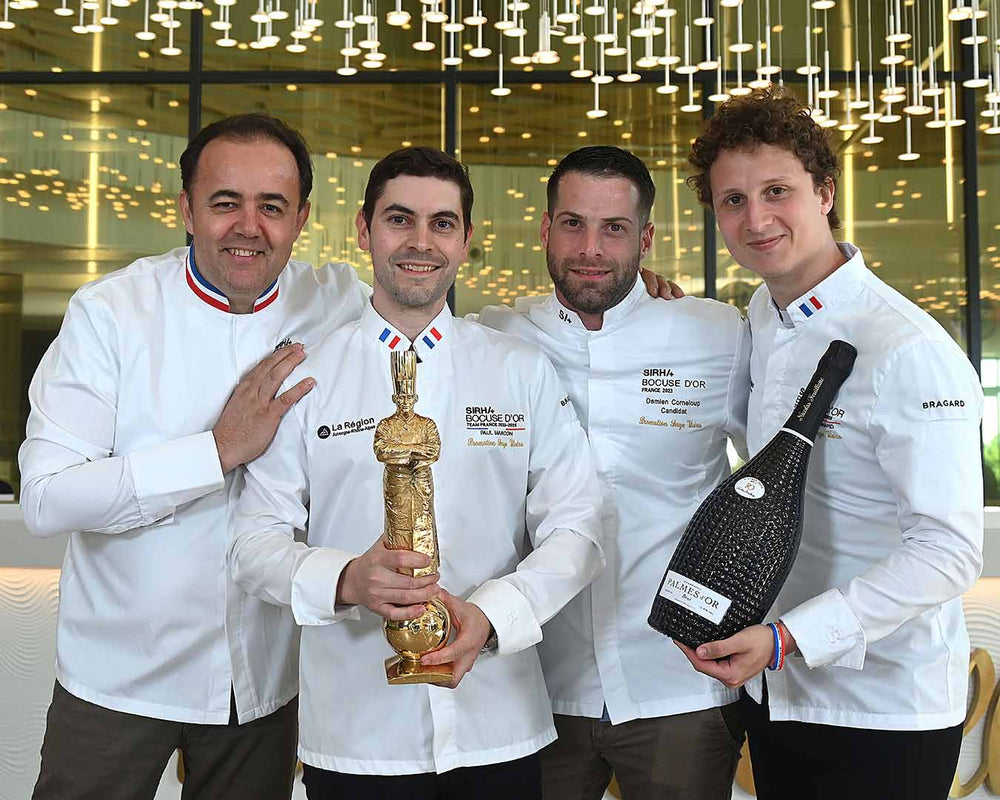
Nicolas Feuillatte : fournisseur officiel de la Team France Bocuse d'Or

Guillaume Roffiaen dans le Podcast "A demain" de Ferrandi Paris
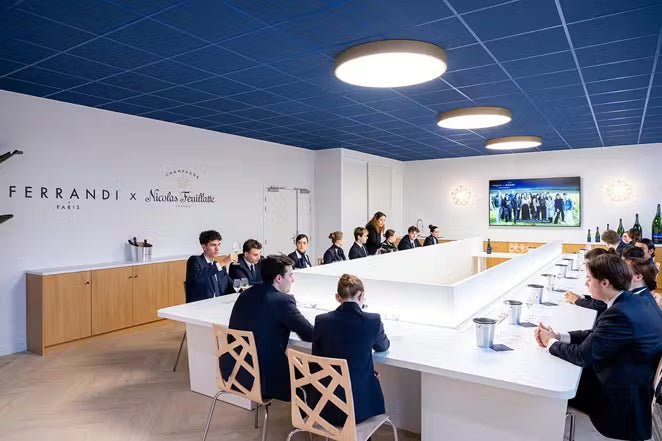
Nicolas Feuillatte x Ferrandi Paris
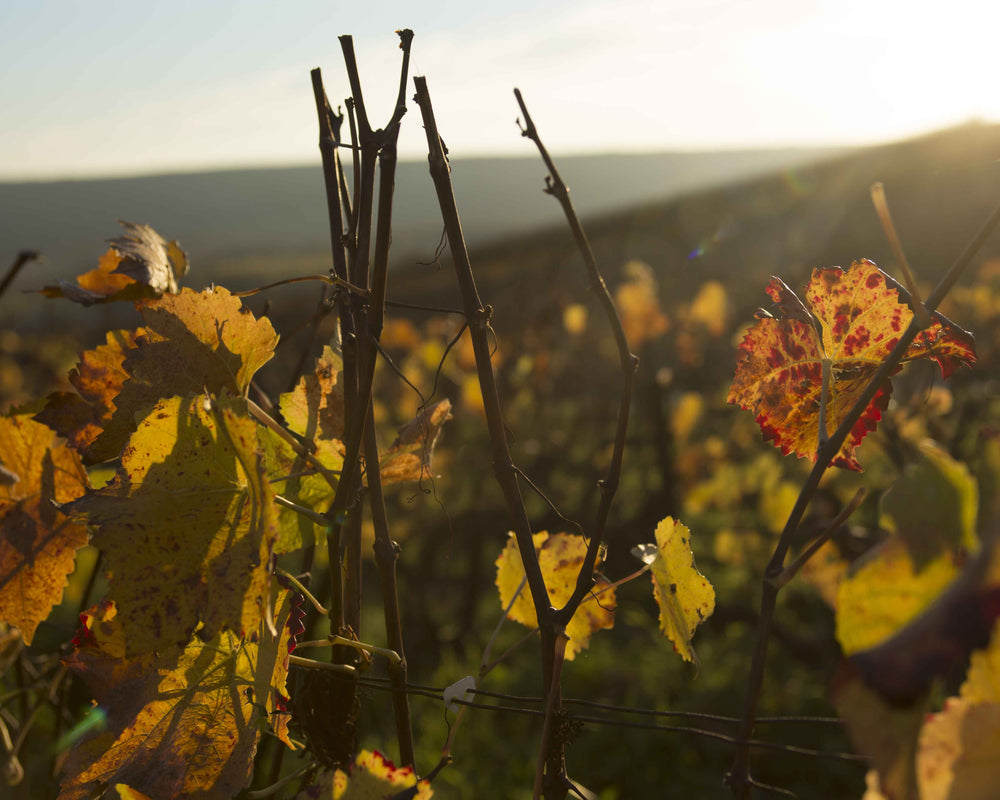
La taille des vignes
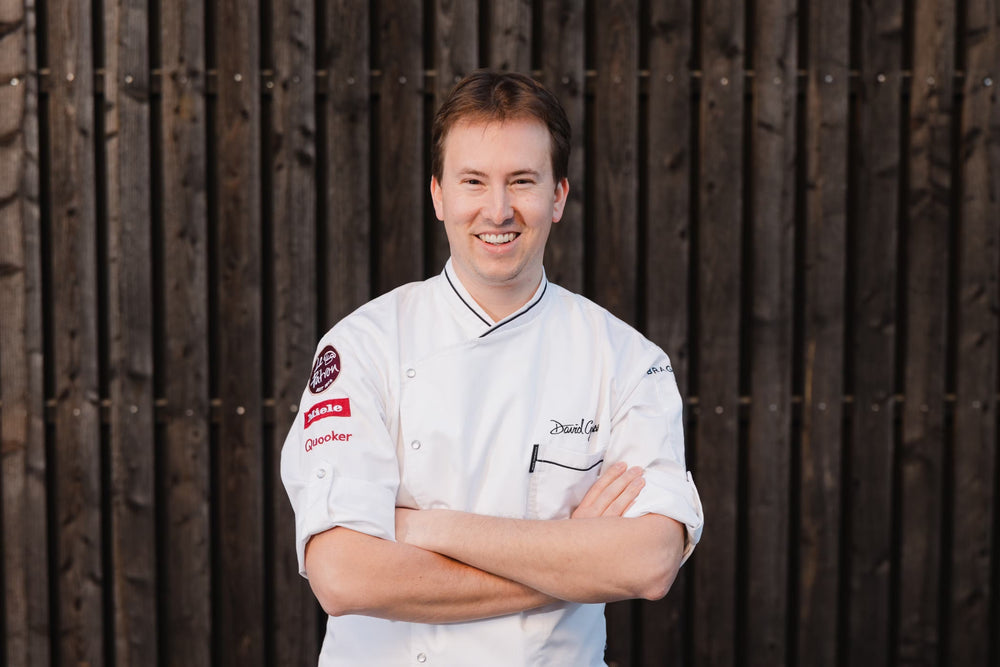
David Geisser, Chef ambassadeur Nicolas Feuillatte

Le champagne bio par Nicolas Feuillatte
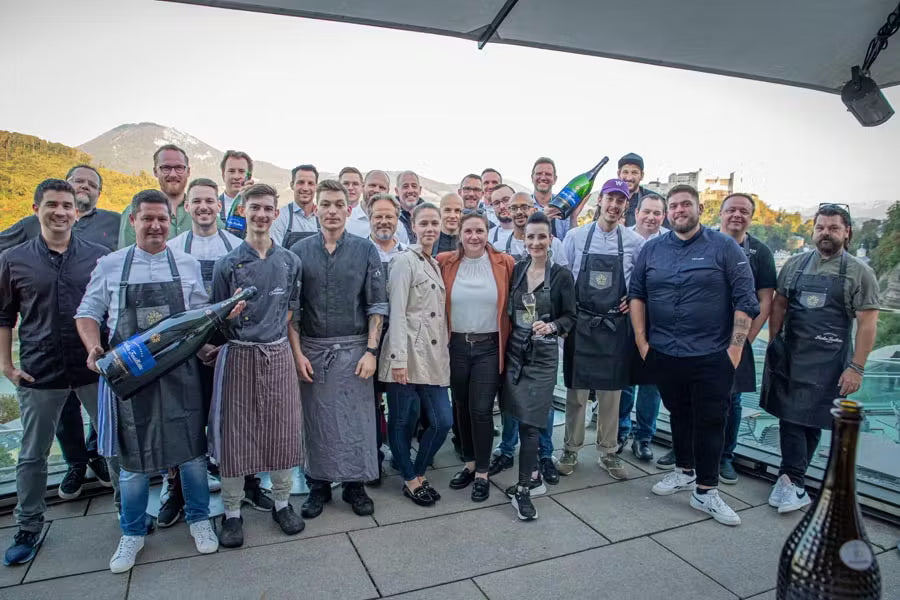
Unleash the Chefs 2023 - Salzbourg
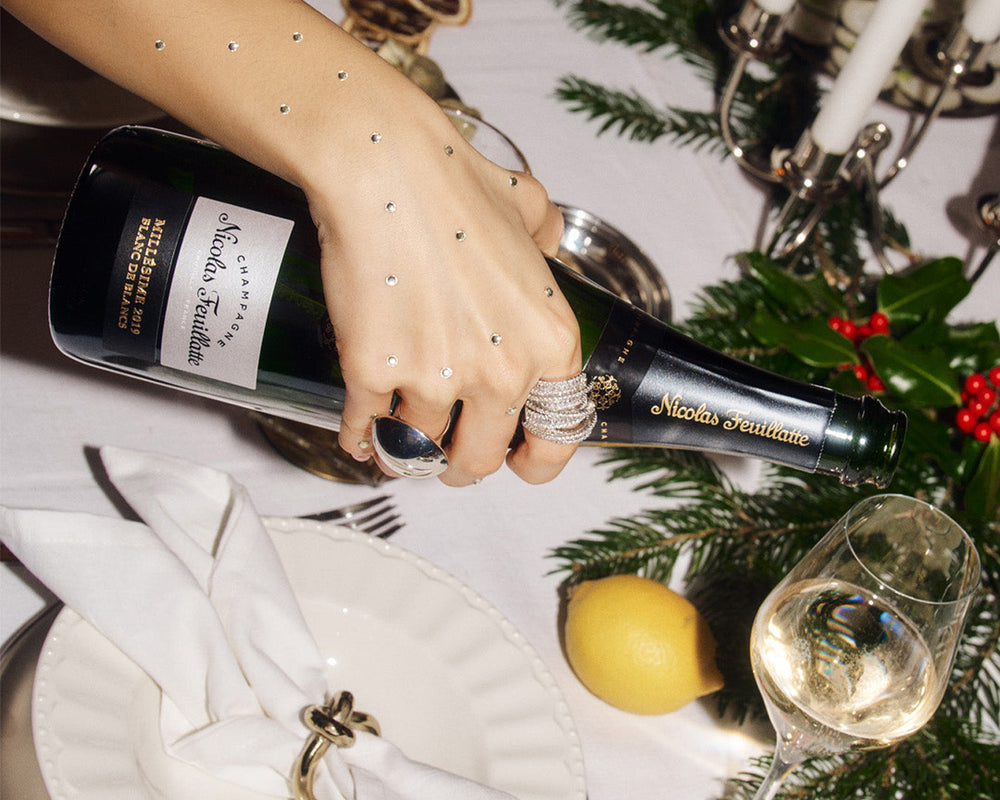
Quel champagne choisir pour les fêtes ?
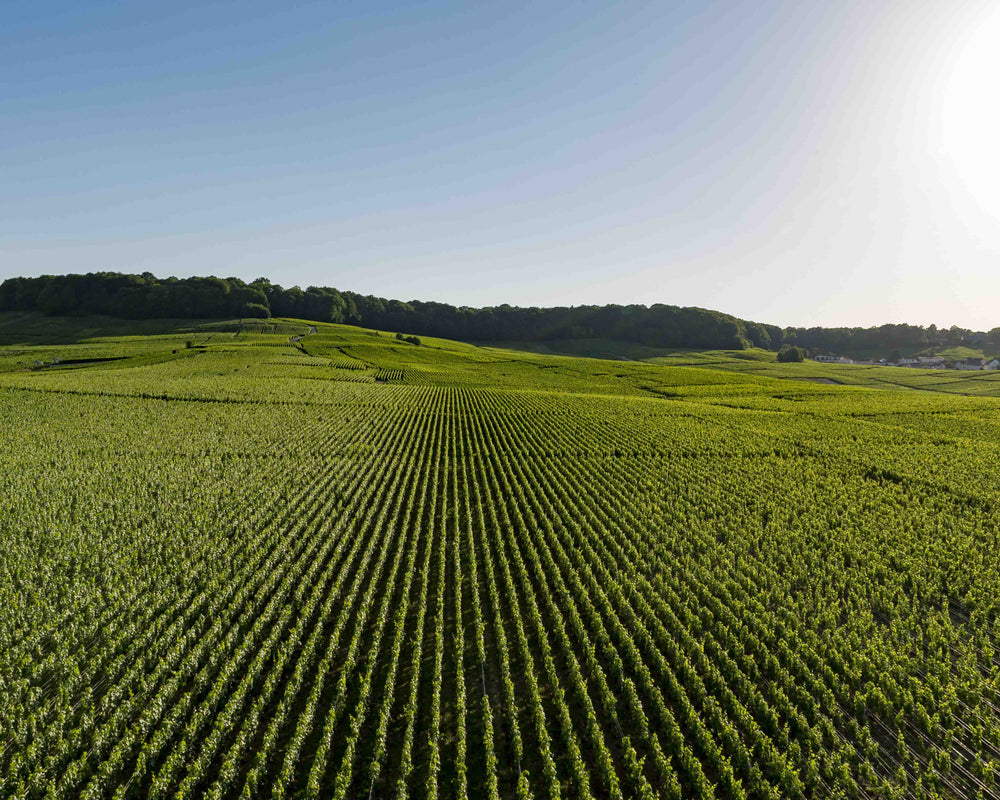
Les travaux de la vigne au printemps
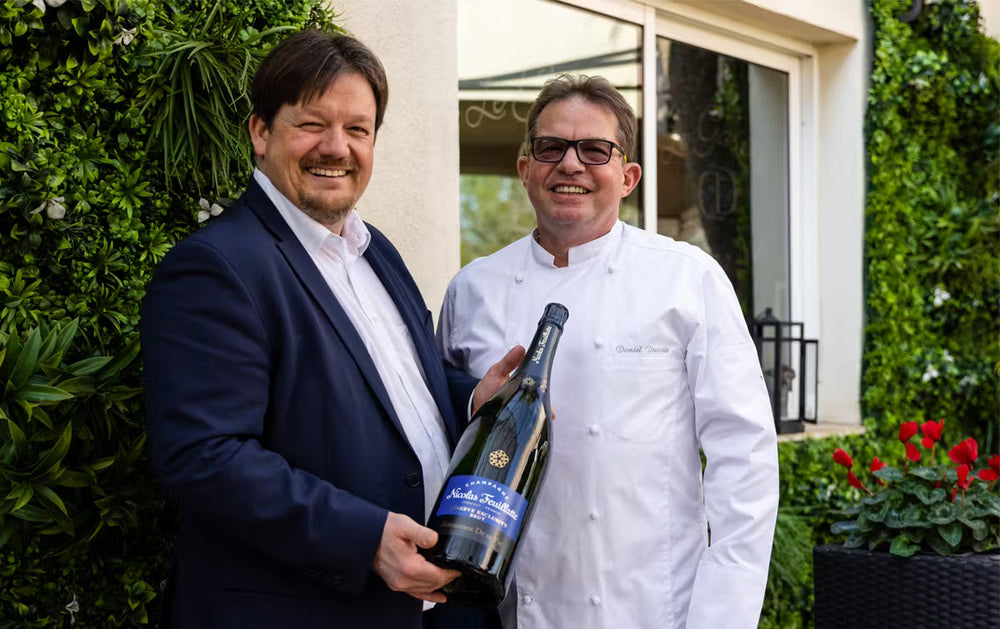
Daniel Desavie : ambassadeur Nicolas Feuillatte

Quelles sont les différentes tailles de bouteilles de champagne ?
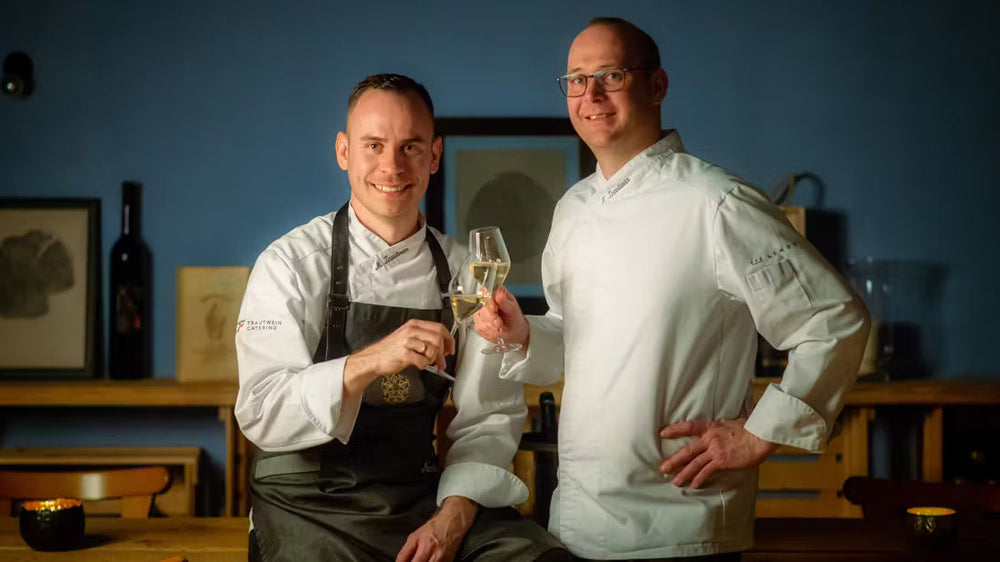
Zur Linde, ambassadeur Nicolas Feuillatte à Stuttgart
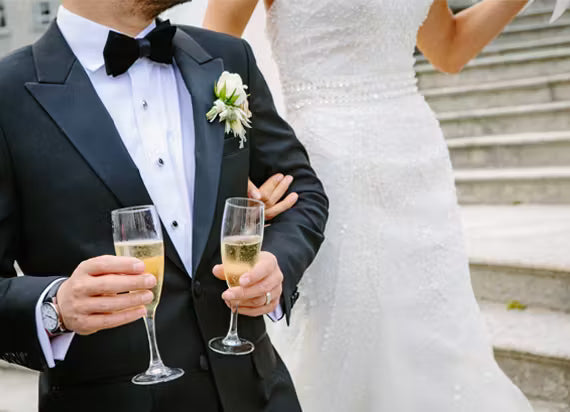
Nos offres Champagne pour votre mariage
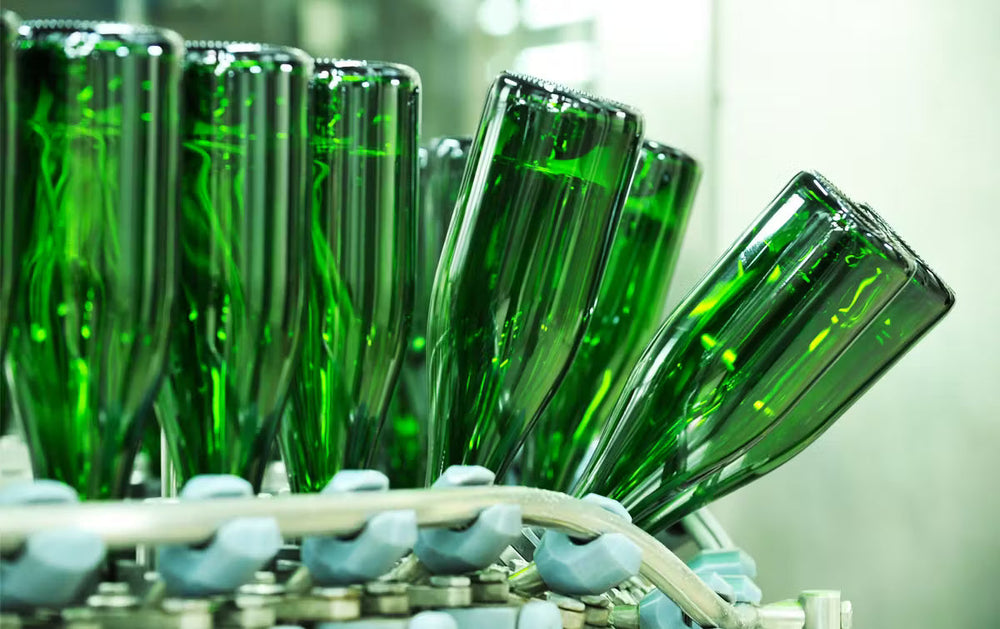
Les différents types de dosage du champagne
